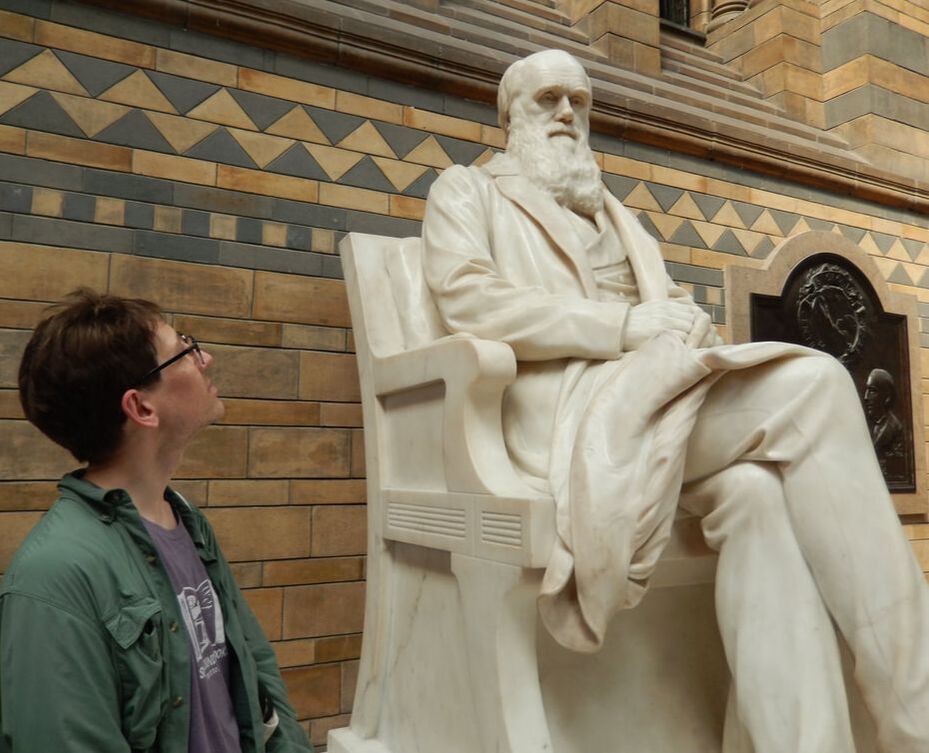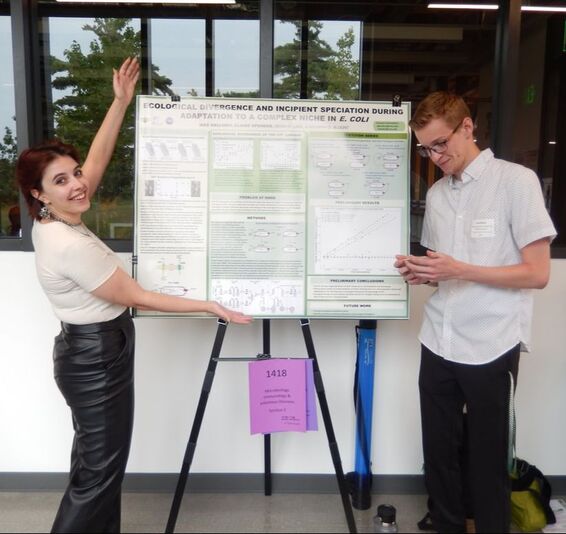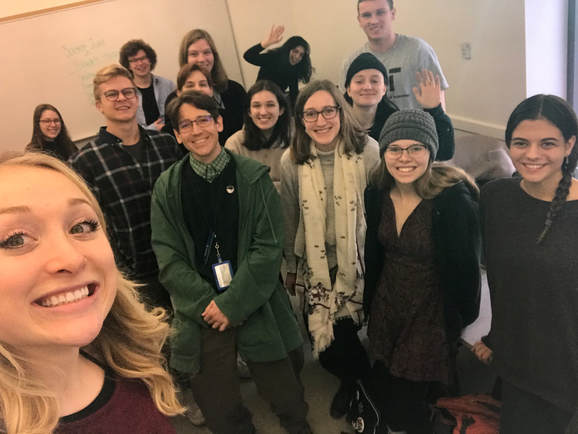Dr. Zachary D. Blount
Education, Evolutionary Biology, Microbiology, and More
Assistant Professor
Director of Graduate Education Innovation
Department of Microbiology, Genetics, and Immunology
Michigan State University
and
Honorary Senior Research Fellow
European & International Social & Political Studies
University College London
Education, Evolutionary Biology, Microbiology, and More
Assistant Professor
Director of Graduate Education Innovation
Department of Microbiology, Genetics, and Immunology
Michigan State University
and
Honorary Senior Research Fellow
European & International Social & Political Studies
University College London


